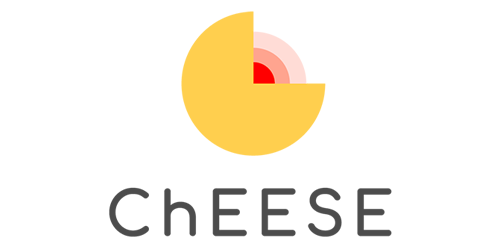The scientific ambition of ChEESE-2P is to prepare 11 community flagship codes to address 12 domain-specific Exascale Computational Challenges (ECC), enlarging the areas covered during the first implementation phase (computational seismology, magnetohydrodynamics, physical volcanology, and tsunamis) with two additional disciplines (geodynamics and modeling of glacier hazards). Codes will be optimized in terms of performance on different types of accelerators, scalability, deployment, containerization, and portability across current pre-exascale systems and hardware architectures emerging from the EuroHPC Pilots by co-designing with mini-apps.
Optimization will also include heterogeneous single-node and multi-node performance, as well as continuous efficiency monitoring using the Performance Optimisation and Productivity (POP) metrics. Emphasis will be given on the uptake by science, public administration and industry, including training and capacity building in cooperation with National Competence Centers (NCCs).
Codes and workflows will combine to farm a new generation of 9 Pilot Demonstrators (PDs) underpinned by concepts like multi-scale, multi-source, and multi-physics. The PDs will materialise in 15 Simulation Cases (SCs) representing capability and capacity use cases of particular relevance in terms of science, social relevance, or urgency (the capability SCs include 4 potential Scientific Grand Challenges, i.e. cases that can require an extreme-scale access mode). The SCs will produce relevant EOSC-enabled datasets and enable services on aspects of geohazards like urgent computing, early warning forecast, hazard assessment, or fostering an emergency access mode in EuroHPC tier-0/tier-1 systems for geohazardous events (earthquakes, tsunamis and volcanoes), including access policy recommendations.
Finally, ChEESE-2P will liaise, align, and synergize with other domain-specific European projects and longer-term mission-like initiatives like Destination Earth.




